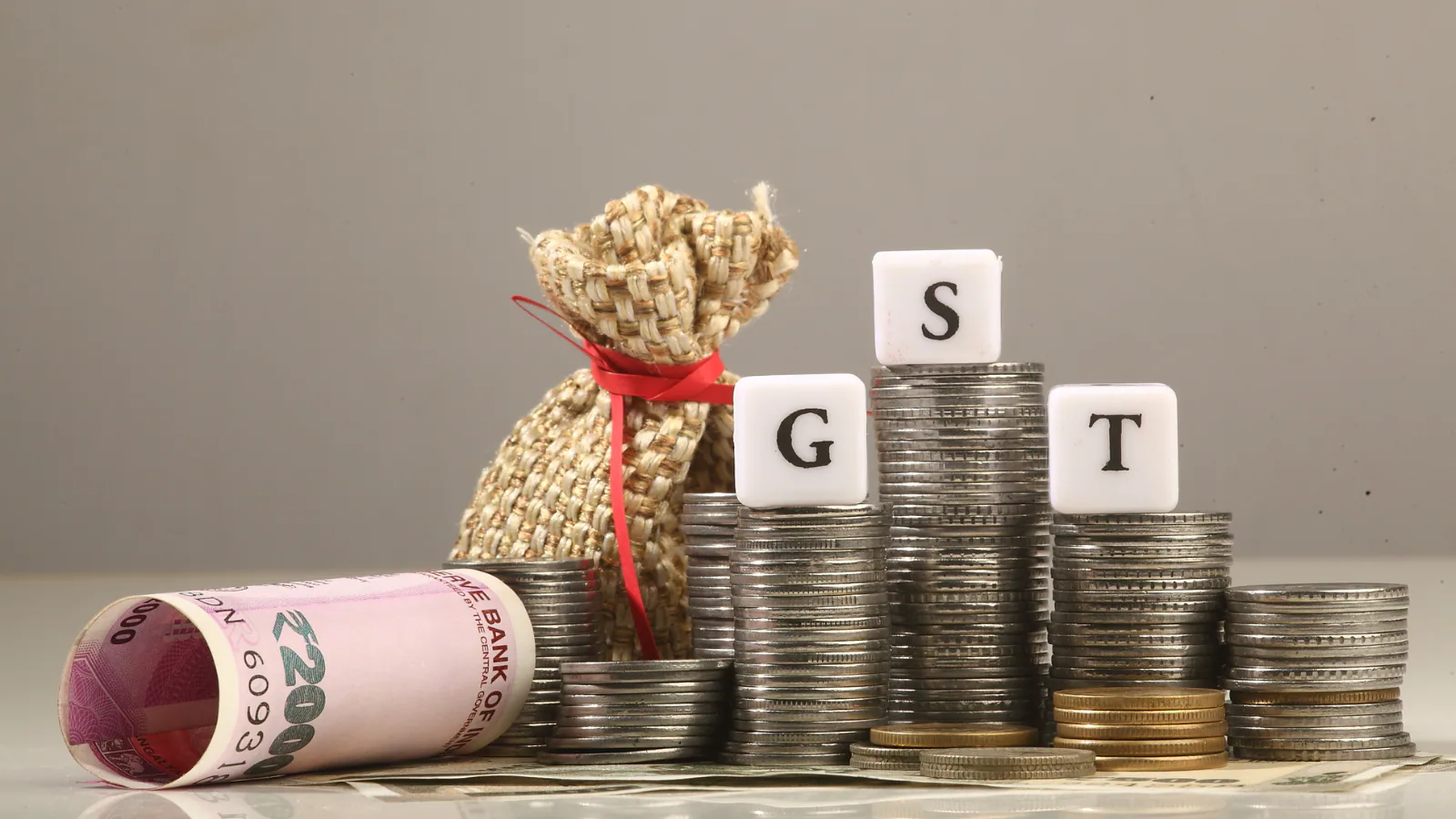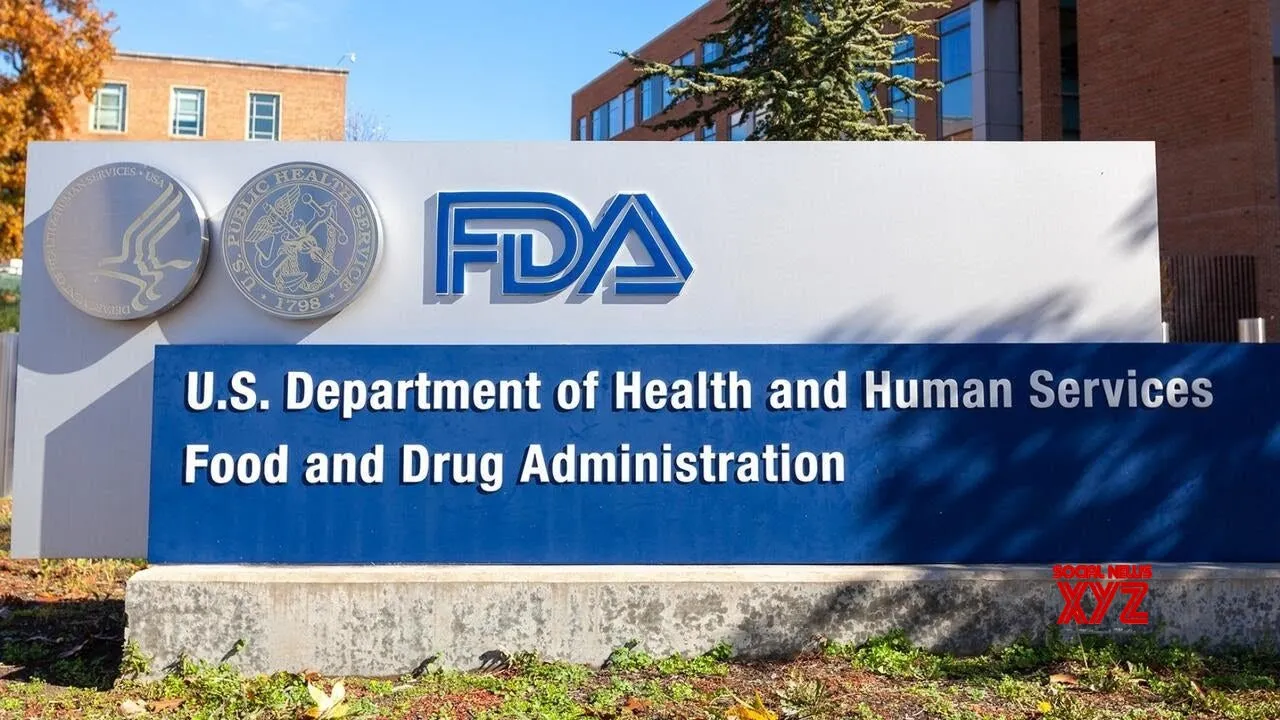GST 2.0 Kicks In Today: Lower Taxes, 2-Rate Tax System, Easier Compliance, All You Need To Know
By Mohammad Haris,News18
Copyright news18

GST Reforms 2025: India’s major tax overhaul, dubbed GST 2.0, has come into effect today, September 22. The new regime brings a simplified two-rate structure, lower levies on a wide range of products, and measures to ease compliance. From today, everyday essentials such as soaps, hair oil, and shampoos, along with items like two-wheelers and cars, have become cheaper. Here’s a look at the key changes under the GST reforms 2025.
GST 2.0 Reforms: Simplified Rate Structure
Under GST 2.0, two slabs — 5% and 18% — now cover 99% of daily-use items. However, sin and luxury goods such as tobacco, cigarettes, gutkha, alcohol, betting, and online gaming fall under a special 40% rate. Earlier, GST had four slabs: 5%, 12%, 18% and 28%.
GST 2.0 Reforms: What Gets Cheaper
Everyday essentials: Products, which earlier attracted 12% GST, have now fallen to the 5% slab or zero tax slab. This covers toothpaste, soaps, shampoos, packaged foods such as biscuits, snacks and juices, dairy products like ghee and condensed milk, bicycles, stationery, and lower-priced apparel and footwear. For middle-class households, these cuts translate into noticeable monthly savings.
Household appliances and electronics: Most goods in the 28% bracket have now moved to 18%, reducing prices by 7-8%. The list includes air-conditioners, dishwashers, large-screen televisions, and even cement (a crucial input for construction and housing). The rate cut is likely to spur demand, particularly among urban middle-class families.
Automobiles: The auto sector stands to gain with small cars (engine capacity up to 1,200cc) and two-wheelers shifting from 28% to 18%. Though larger cars and SUVs, however, will face 40% tax but the compensation cess (which was 17-22% earlier) has been eliminated, thus effectively reducing prices on these premium vehicles as well. Lower rates on mass-market vehicles could revive demand, benefiting carmakers such as Maruti Suzuki, Hyundai, and Tata Motors, which have already announced price cuts to pass on GST reduction benefits.
Insurance and financial services: Insurance premiums, which currently draw 18% GST, have been exempted altogether. This would lower costs for households and encourage wider adoption of health and life cover, enhancing financial security.
GST 2.0 Reforms: Other Measures To Ease Compliance, Boost Ease Of Doing Business
Provisional refunds for exporters/SEZs: From November 1, 2025, 90% of refund claims on zero-rated supplies will be released provisionally based on risk assessment by the system. Exceptions will apply in flagged cases.
Refunds for Inverted Duty Structure: A similar 90% provisional refund facility will be extended to IDS cases, with CBIC issuing instructions till the law is formally amended. Operational from November 1, 2025.
Low-value exports: The threshold limit for GST refunds on tax-paid exports will be scrapped, benefiting small exporters sending goods via courier or post.
Simplified registration for small businesses: Low-risk applicants with monthly GST liability up to Rs 2.5 lakh will get automated registration within three working days. This is expected to cover nearly 96% of new applicants from November 1, 2025.
Registration relief for e-commerce suppliers: A single simplified mechanism will be introduced for small sellers on e-commerce platforms, sparing them from maintaining multiple state registrations.
Intermediary services: Section 13(8)(b) of the IGST Act will be dropped, making the place of supply the recipient’s location. This will enable Indian service providers to claim export benefits.
Post-sale discounts: The law will be amended to simplify treatment of post-sale discounts through credit notes, with reversal of ITC by recipients where value is reduced. An earlier circular on this will be rescinded.
Clarifications on discounts: A fresh circular will clarify treatment of financial/commercial credit notes, discounts linked to dealer-consumer transactions, and those tied to promotional activities.
Tobacco and pan masala valuation: GST on pan masala, cigarettes, gutkha, and related products will shift to a retail sale price-based system.
GSTAT Operational: The GST Appellate Tribunal (GSTAT) will be operational by September for appeals, begin hearings by December, and serve as the National Appellate Authority for Advance Ruling, strengthening GST dispute resolution and taxpayer certainty.
In his address to the nation on Sunday, September 21, Prime Minister Narendra Modi said a ‘GST bachat utsav (savings festival)’ will begin from the first day of Navratri (September 22), and coupled with the income tax exemption, it will be a “double bonanza” for most of the people.
“On the first day of Navratri, the country is going to take an important and big step for Atmanirbhar Bharat. With the sunrise tomorrow, the next generation GST reforms will come into effect. A ‘GST bachat utsav (savings festival)’ will begin tomorrow. You will be able to buy things you like more easily. The poor, middle class, neo middle class, youths, farmers, women, traders and shopkeepers will benefit from this,” he said.



